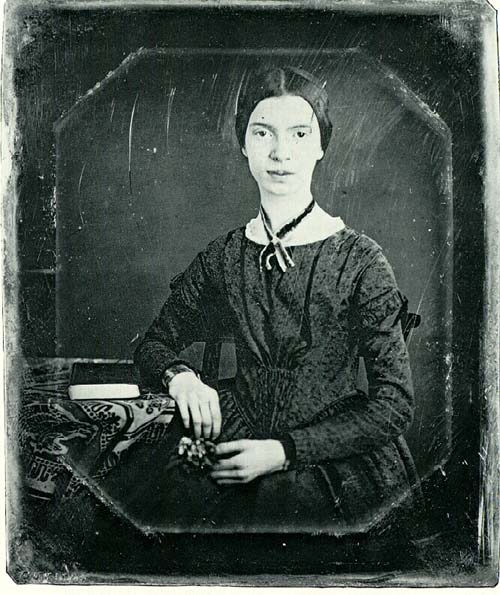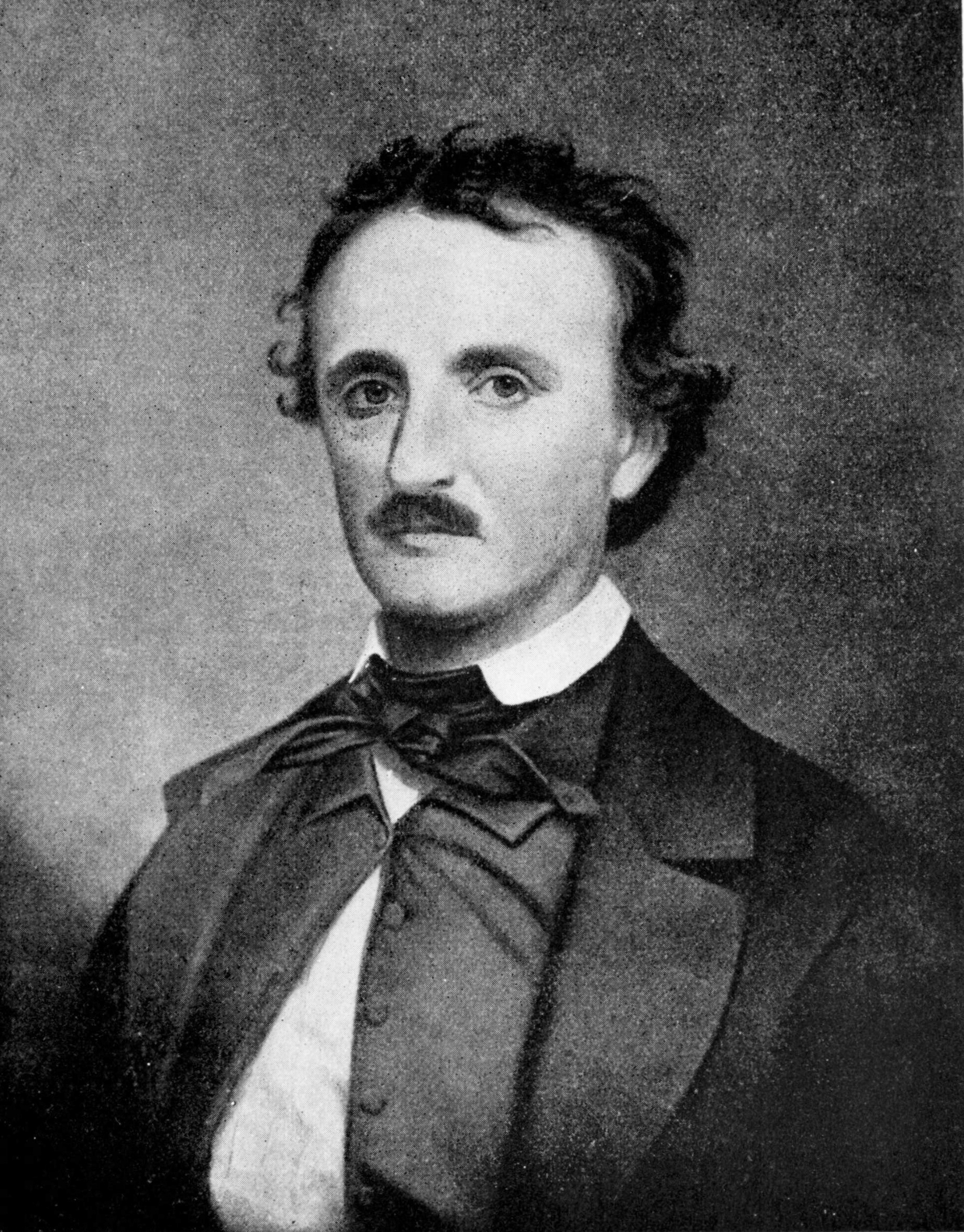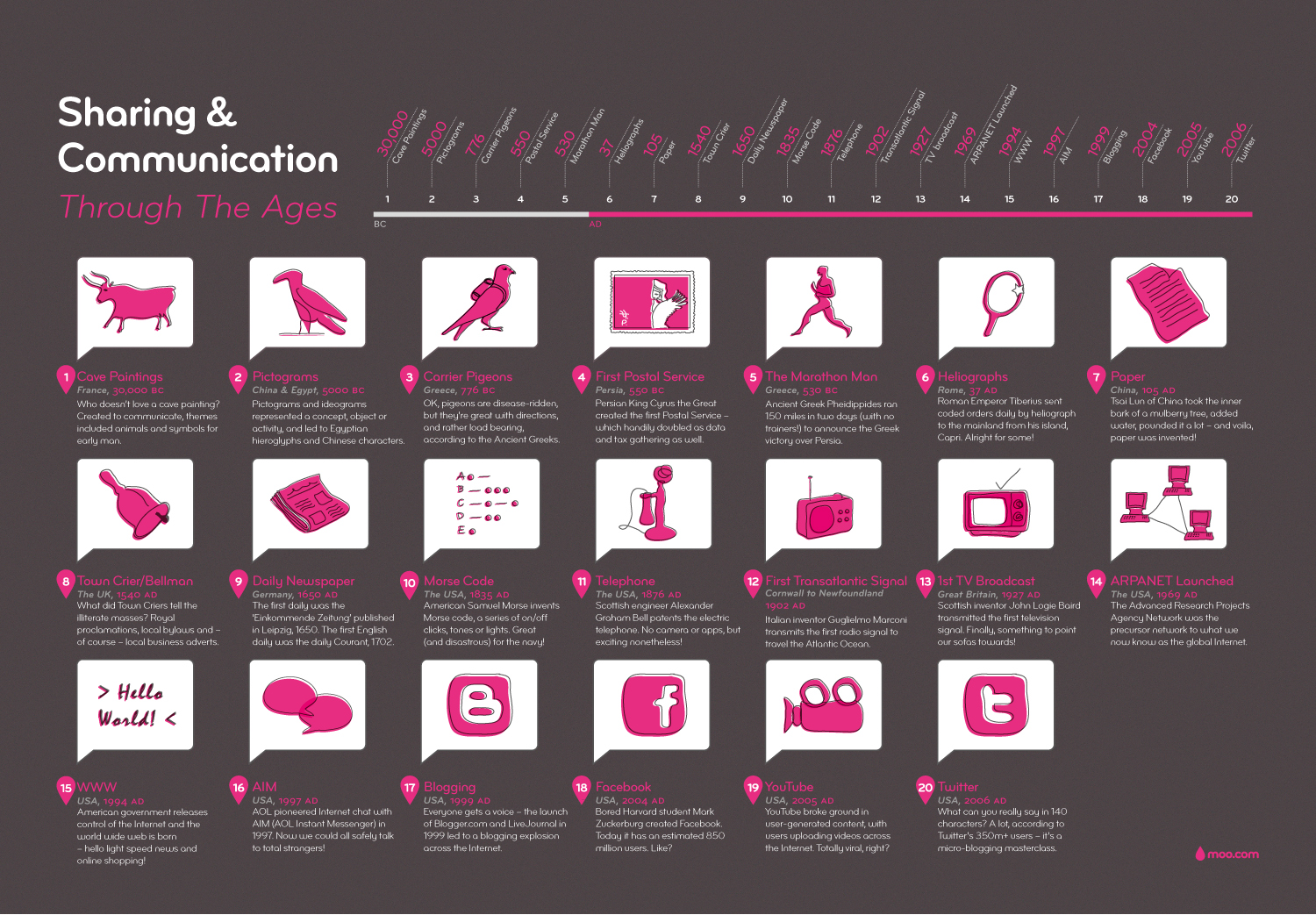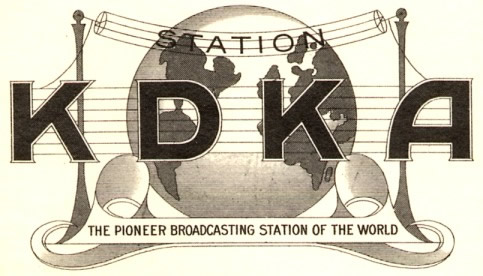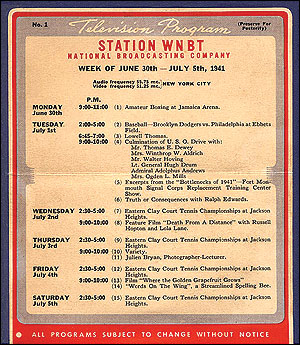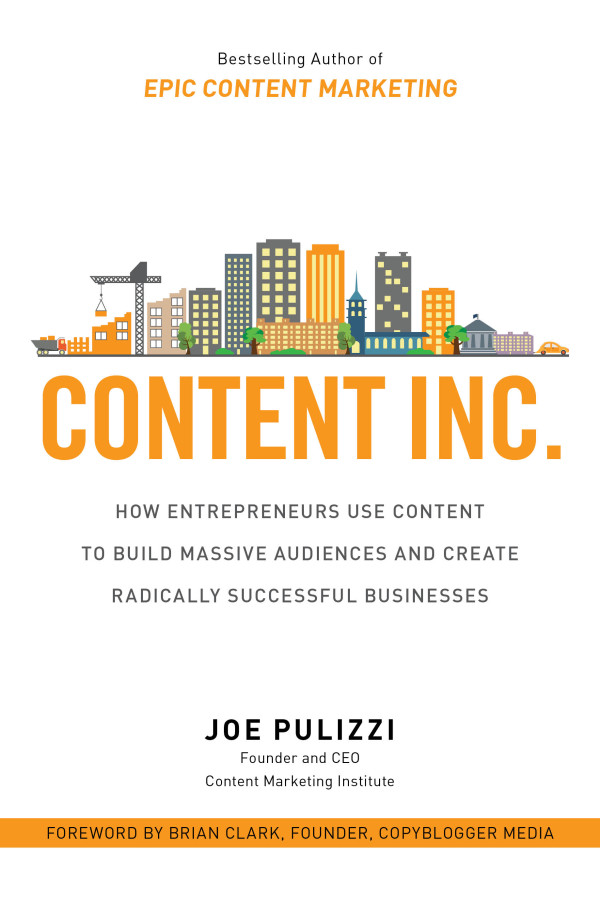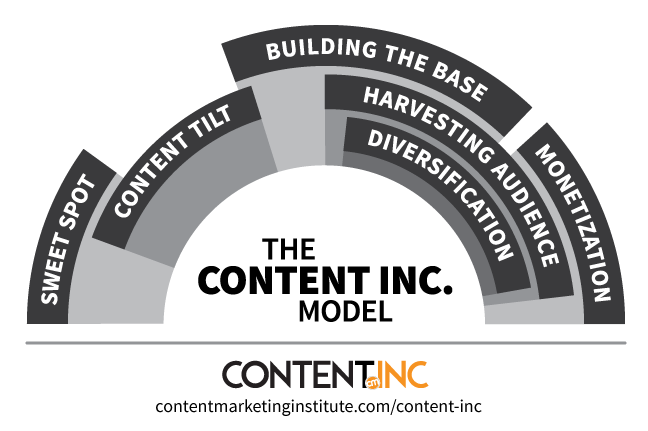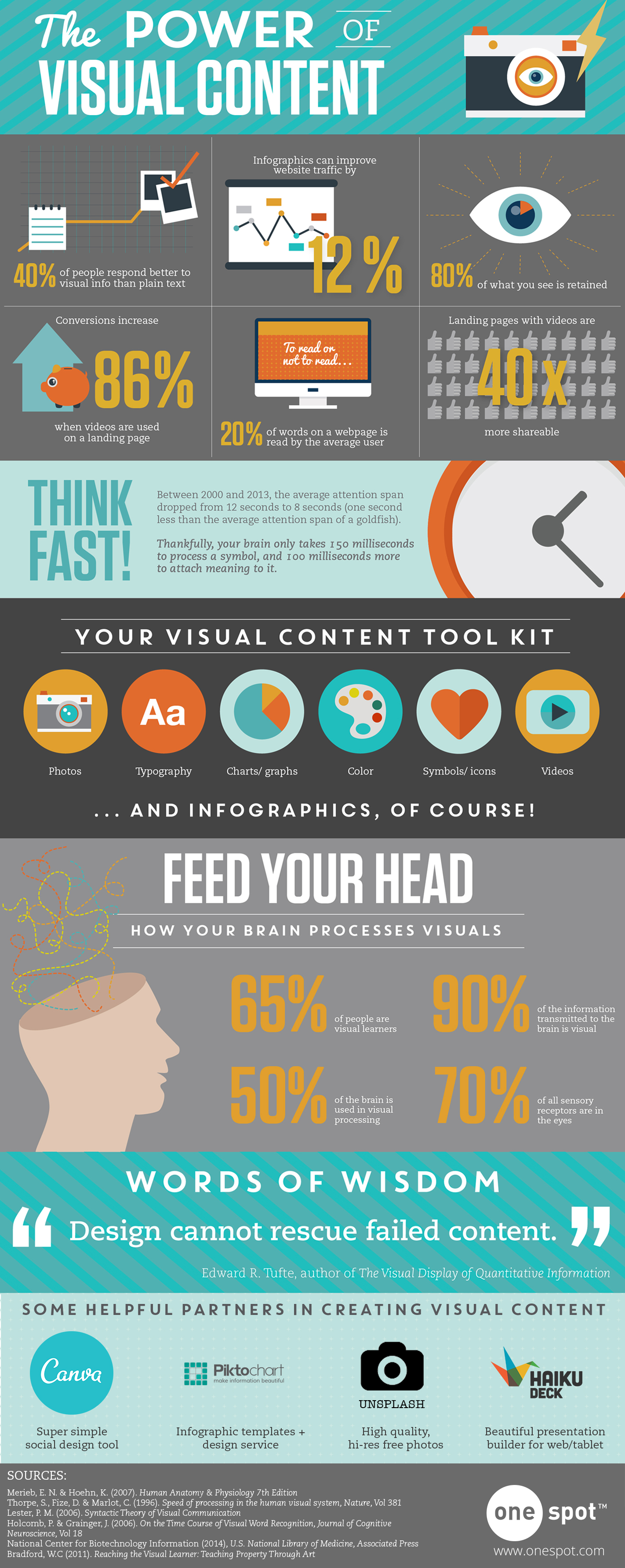The One Way to Build a Successful Business Using Content
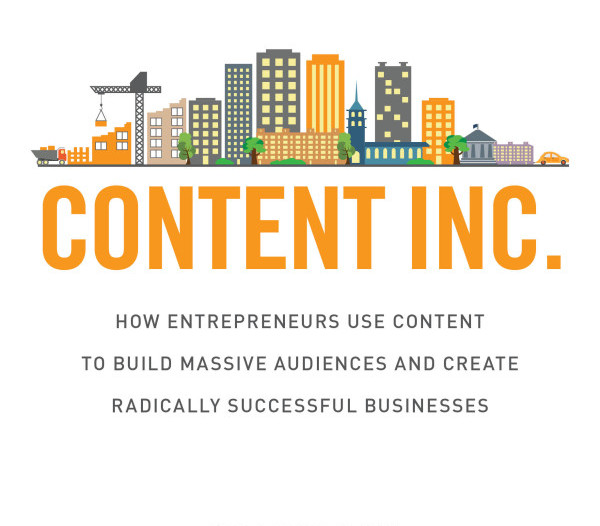
“The tragedy of life is not that it ends so soon, but that we wait so long to begin it.”
― Richard L. Evans
“Of all sad words of tongue or pen, the saddest are these, ‘It might have been.’”
― John Greenleaf Whittier
(*If you don’t have time to read this whole post, then you can right-click here to download it as a PDF to read later.)
Build a Successful Business Using Content
If you want to build a business using content or grow your business using content, then you are going to want to pay close attention today. Why?
Because many great people have failed because they didn’t understand what I am going to talk to you about today.
Let me prove it to you by seeing if you can answer this question…
Can You Guess What These Four Famous Writers Have in Common?
I want to start by having you guess what these four writers below have in common.
And then I want to teach you the most important lesson that wanna-be content marketers never learn.
What do these four famous writers have in common?
- Herman Melville = Author of Moby Dick and other works
- Emily Dickinson = Famous poet, author of many poems
- Edgar Allan Poe = Famous for many short stories, author of The Raven
- Henry David Thoreau = Author who is best known for his book Walden and his essay Resistance to Civil Government
Hey! Come on, don’t cheat.
What is it that they have in common? Do you know?
Alright, fine.
If you really give up, then here is the answer:
They all became famous or achieved their greatest success after they died!
I know it’s unbelievable, but it’s true.
Let me explain…
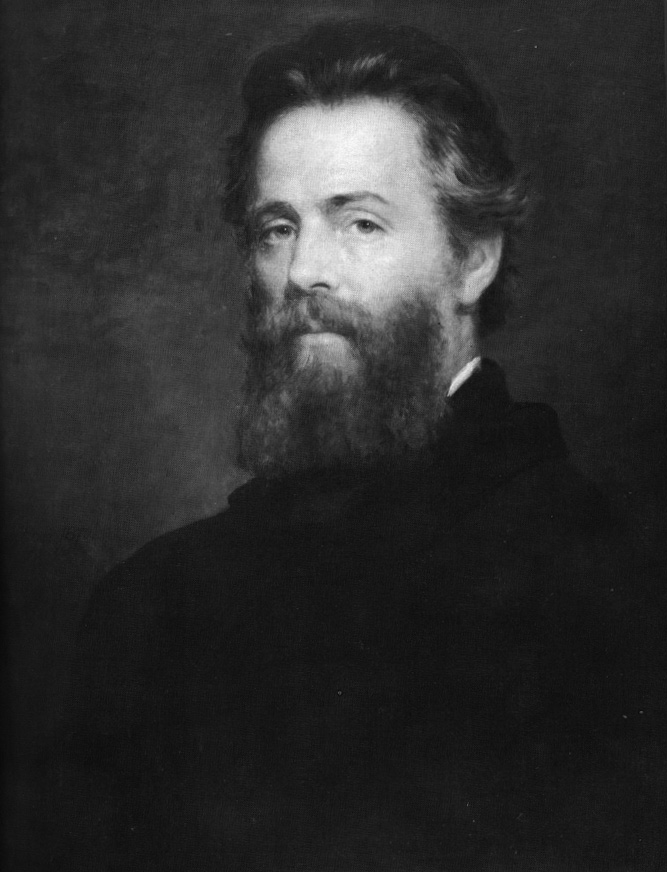 Melville had some success really early on in his career. But the works that he is most famous for today were actually the most disappointing ones during his lifetime.
Melville had some success really early on in his career. But the works that he is most famous for today were actually the most disappointing ones during his lifetime.
Of course, nowadays, everyone knows the story of Moby-Dick.
But when Melville first wrote and published it, it was a failure. It wasn’t able to bring him any level of success that his previous works did.
As unbelievable as this sounds, the famous story of the white whale was actually the beginning of the end for Melville’s career as a writer.
Dickinson was a recluse and was very introverted.
How introverted was she? She never left her room! While she was alive, she only published a small amount of poems.
It was only after she died that her family discovered what a prolific writer she was. After she died, they discovered piles of poems in her room.
They went on to publish these poems after she died. It was only then that Emily Dickinson became well-known.
Unlike the others, Poe was able to publish his works frequently.
But guess what?
No one seemed to really care for his writing very much back in his day.
The man who is so famous today lived and died in poverty.
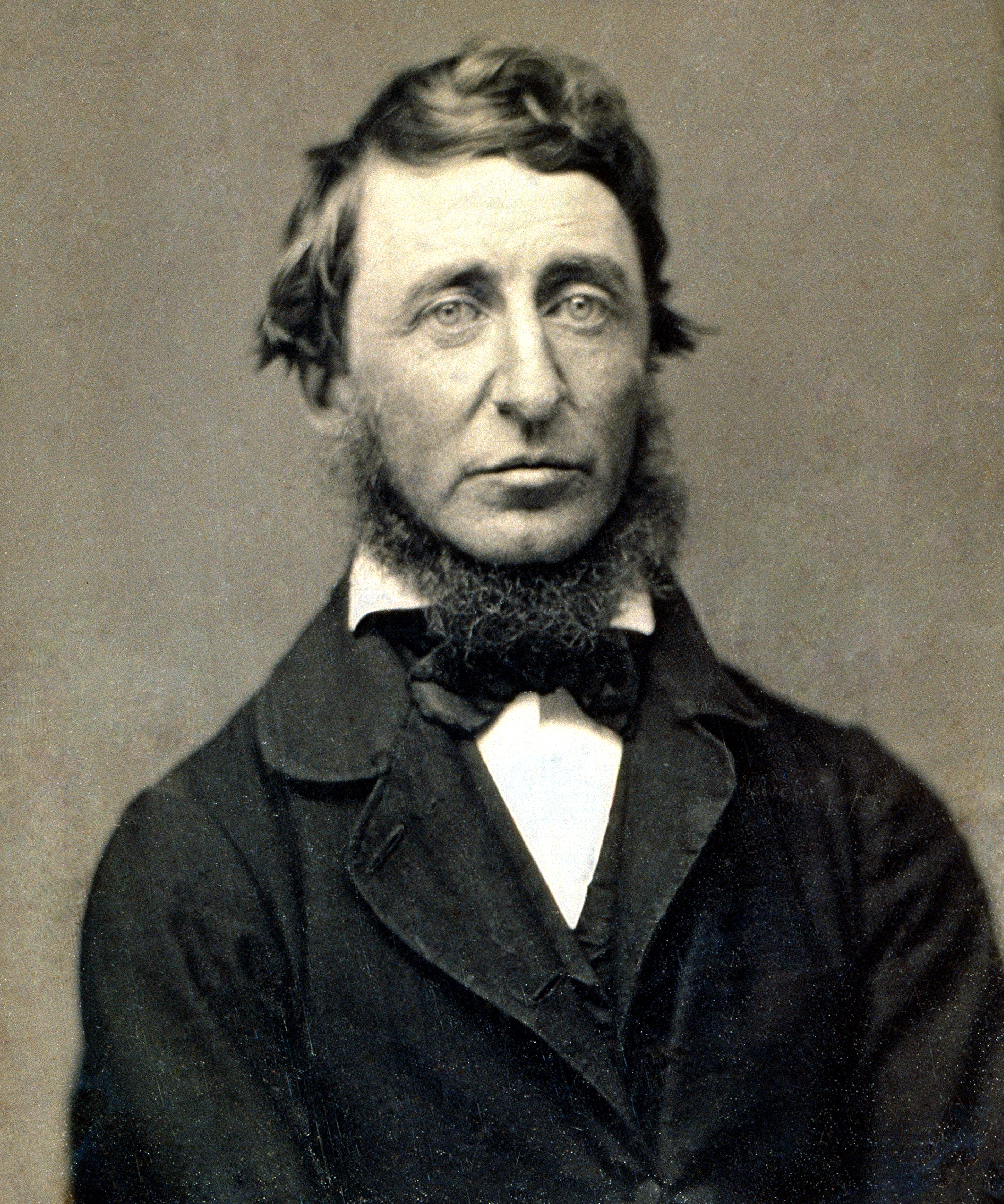
Thoreau reminds me a lot of Dickinson.
He liked to living alone out in the woods. Not many people knew who he was during his life.
He died in the 1860s and remained a “nobody” for decades.
It wasn’t until the 1900s that his writing became well-known and enjoyed.
Why These Skillful Writers Failed and the Most Important Lesson Wanna-Be Content Creators Never Learn
These writers were all extremely talented. That their works are still known to this day is proof of that fact.
No one would question their talent or ability to write.
So the question is…
Then why did they die failures?
The most important lesson that wanna-be content creators never learn is this…
Creating great content does NOT automatically guarantee great business success.
Successful content creators understand that great content is only part of the equation for what it takes to build a successful business using content.
You see, the reality is that the content creators who are the most successful are not just great at creating content.
They are great at a building an audience.
Do you understand why I started with that question yet?
The reason that Melville, Dickinson, Poe, and Thoreau failed is NOT because they couldn’t create amazing content.
They obviously could!
They failed because they didn’t have an audience!
Building an Audience: What All Successful People Have Done Throughout History
This infographic from Visual.ly shows how communication evolved throughout the years.
You need to realize something very important.
Throughout history, there has been something that has always been true…
Those who have been able to communicate to the largest groups of people have had the most money, power, influence, and success.
You see, at the earliest point in history, communication was mainly verbal and very limited.
It was something that you could only really do in-person, one-on-one or in small groups.
Three Technological Breakthroughs That Allowed People to Build Audiences
But three technological breakthroughs would change all that and open the possibility of building an audience like never before:
The Printing Press
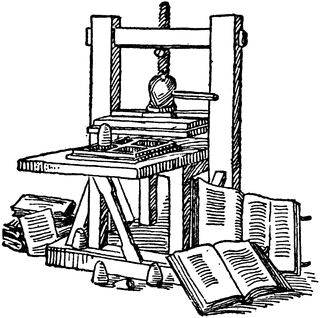
(Invented in 1440)
The printing press provided a way to communicate on a mass level. This eventually led to books and newspapers.
How much of an impact did the printing press have?
Britannica.com explains its influence like this, “Printing in Europe is inseparable from the Renaissance and Reformation. It grew from the climate and needs of the first, and it fought in the battles of the second. It has been at the heart of the expanding intellectual movement of the past 500 years.”
KEY POINT: The people who wrote or published the books and who printed the newspapers were able to gather an audience, which led to influence and wealth.
Radio
(The first public station was KDKA, which received its
license from the Department of Commerce in October of 1920.)
If the printing press was the major breakthrough for the written word, then the radio was the major breakthrough for the spoken word.
It was the first truly modern form of media and it had a huge impact on the history of the 20th century. What made radio so amazing was that for the first time information could be broadcast across long distances to anyone who had the right equipment.
MediaKnowAll.com describes the influence of radio like this, “The birth of radio ushers in the era of mass communications.”
KEY POINT: What was true for the printed word was true for broadcast radio, the people who owned the radio stations or created the radio shows were able to gather an audience, which led to influence and wealth.
TV
(WNBT, which later became WNBC, had the first week
of commercial TV in the United States in July 1941.)
The last breakthrough that I want to mention is television. The printing press was the breakthrough for the written word, radio was the breakthrough for the spoken word and TV was the major breakthrough for visual communication.
TV became the most popular media form of the 20th century. TV ownership has risen every year from the 1940s until now. How influential is TV? According to the University of Colorado, Boulder, “There are currently around 1 billion TV sets in the world.”
KEY POINT: What was true for the printed word and broadcast radio was again true for television, the people who owned the tv stations or created the tv shows were able to gather an audience, which led to influence and wealth.
Content Inc. – Everything Old is New Again
So whether it is creating great content or gaining influence or income, the key success factor is this: build an audience.
That is exactly what Joe Pulizzi’s latest book called Content Inc. is all about.
I got a review copy of his book and I have to say it’s my favorite of his books.
Joe’s main premise for Content Inc. is deceptively simple, but extremely powerful…
“Build your audience first. Then create your product.”
(*If you don’t have time to read this whole post, then you can right-click here to download it as a PDF to read later.)
How Most People Try to Build a Successful Business
When most people are trying to create a successful business, they focus on any (or all) of these three things:
- A great product or service
- A great idea
- Or great content
And all of these things are really important!
But without an audience, none of these things can lead to success.
A great product, service, idea, or even content isn’t much use without an audience to offer them to.
You need to focus on building an audience first. Because that’s really the only way that you can figure out what the greatest product, service, idea or content really is.
In Content Inc., Joe describes a model that small businesses can use to create a competitive advantage using his Content Inc. methodology.
Content Inc.’s Six Step Process
Joe’s six step process, which he explains in the book, has been successful for numerous entrepreneurs around the world.
It was after working with hundreds of businesses and interviewing many people that he came up with this Content Inc. process.
And the process is all about building an audience first and then figuring out ways to monetize that audience.
What makes Content Inc. so engaging is that Joe doesn’t just reveal these six important steps, but he also provides powerful examples and case studies such as these:
- His own story of starting ContentMarketingInstitute.com
- How Brian Clark started Copyblogger.com
- How Jay Baer started ConvinceandConvert.com
- How Michael Stelzner started SocialMediaExaminer.com
- And stories from many others
These people and all of the rest didn’t just focus on a great idea, product, service, or even great content alone.
They all tapped into the key to success that has existed throughout history: gather an audience and then fill a need.
I won’t explain anything about the process they used, because Joe does a great job doing that in his book.
But I will tell you this.
You have all the tools that you could ever need to build an audience.
Can You Imagine Going Back in Time, Harnessing One of the Three Technological Breakthroughs, and Using it to Build an Audience?
It’s easy to look at the three technological breakthroughs that people used in the past to become successful and to think, “Man! Those people were lucky! If I had that chance, then I’d grab it and run with it!”
Would you really?
Because the reality is that in many ways we have it better today than any of these people in the past did.
Why do I say this?
You have access to basically the same tools today that they did then, but you have one advantage that they didn’t.
You can access these tools for FREE (or almost free)!
I’m not exaggerating.
The Democratization of Audience Building Tools
In the past, it was only the people with money or the right connections who could take advantage of publishing, radio, or television to build an audience.
But the internet has changed all that.
You now have amazing tools (or you can think of them as channels) that allow you to build an audience:
- Blogging is today’s “digital printing press“
- Podcasting is basically “radio on demand“
- And YouTube is “television on demand“
That’s not all.
You have access to even more than just these tools.
Jeff Bullas, in an article called 6 Ways to Build an Audience Without Writing a Word, says there are even ways today to build an audience without writing or speaking a word!
Sounds too good to be true. Doesn’t it?
Well, Jeff explains why it’s not.
He says, “It’s completely possible to build an audience using nothing but visuals. Just ask Pinterest and Instagram, along with some of the top influencers who’ve used their tools to build giant followings (and incomes too).
This infographic below from Onespot.com called “The Power of Visual Content“ reveals WHY what Jeff says about building an audience with just visuals really can work.
Visuals aren’t the only way that you can build an audience with relatively little content creation.
The other way is by using content curation.
As I explained in my last post, you can just use content curation in the typical way people use it. Or you can use it like Neil Patel and you can use a hybrid of content creation and curation to create magnetic content that people love.
This allows you to supplement and super-charge your content, so you can attract a much larger audience.
But what I am trying to get you to see is that you have access to all of the same types of tools that others used in the past to build huge audiences and even more tools than they did.
Not only is that true, but you also have these advantages:
- You don’t need to go to any gatekeepers and get their permission.
- You don’t need a bank loan (or rich relative) to start.
You can just start.
You can do it right now.
No one will stop you!
(*If you don’t have time to read this whole post, then you can right-click here to download it as a PDF to read later.)
Three Powerful Examples of People Who Used These Tools to Build a Huge Audience, Gain Influence, and Achieve Success
If you want some examples of people who took advantage of these democratized audience building channels and achieved success, then here are 3 examples for you…
1) Derek Halpern (Blogging aka “Digital Printing Press”)
Derek Halpern is the creator of SocialTriggers.com.
He uses a blend of data driven marketing (conversion rates, academic research, and personal case studies) and content marketing to get traffic, attract customers, and sell products online.
By harnessing the power of blogging, he has created a loyal audience and he is very successful.
No one told him it was ok for him to blog. He just did it.
How successful has he been?
As of May 2015, Social Triggers has reached a total of approximately 5.3 million people. Derek’s mailing list also has over 200,000 subscribers.
Below is an interview that Derek did with Ramit Sethi for something that Ramit calls Ramit’s Brain Trust.
In this interview, you’ll learn part of the story of how Derek got started…
(*NOTE: Ramit Sethi is another great example of someone who started blogging, built an audience, and has achieved great success.)
2) John Lee Dumas (Podcasting aka “Radio On Demand”)
In a previous post, I told you about The Content Marketing Principle Top Podcaster John Lee Dumas Has Used to Achieve Success.
But what I want you to see here is that when John Lee Dumas had the idea for his 7-day a week podcast, he didn’t have to get anyone’s approval.
He didn’t need to ask anyone’s permission.
He just did it. And the results have been phenomenal!
How successful? Here are some of his numbers:
- Aug 2015 Gross: $308,882.50 | Net: $226,478.50
- July 2015 Gross: $348,203.90 | Net: $260,621.40
Here’s how and why John started his podcast…
3) Joseph Garrett aka “Stampy” or “Stampylonghead” (YouTube aka “Television On Demand”)
Joseph studied video production at a university and originally wanted to be a “games journalist”.
Then something unexpected happened.
Early on he created “Let’s Play” videos, which he just made for fun.
But he noticed that his main audience was kids, so he reoriented his videos to be family-friendly.
He didn’t ask permission. He didn’t need to raise funds. It was inexpensive to try, so he just did it.
When the videos became popular, he left his job as a bartender to focus on producing this content full-time.
And what are the results?
According to The-Net-Worth.com, his 2015 net worth is approximately £2.5 million ($4 million).
Here’s how and why he started his YouTube channel…
Once You Have the Audience You Can Take Advantage of Any Tool/Channel
Once you have a significant audience, then you can use that audience to move to another tool/channel.
For example, if you build a significant audience using your blog, then you can use that audience to successfully begin using YouTube.
Let me show you how the three guys I told you about above did just that:
- Derek Halpern has gone from blogging to podcasting and videos.
- John Lee Dumas has gone from podcasting to webinars, books, and even a “Freedom Journal”.
- Stampylonghead has an app and he is spinning off a second YouTube channel in partnership with multi-channel network Maker Studios.
Let me give you one more example from history, because I want you to see that having a big audience has always allowed people to move from one arena to another.
Guess how the top three television networks were able to dominate the TV industry and make it to the top?
They all started in radio and built an audience there.
Once they had that audience, then they were able to leverage that audience and move over to television with that audience.
You might be wondering, “How does an audience enable you to successfully move from one channel to another channel?”
Good question.
In an interview that Lee Odden did with Ann Handley called Audience and Oysters – Ann Handley on the Power of Growing Your Audience for Content Marketing, Ann gives us a very important clue about how this works.
And it has everything to do with trust.
Ann says, “Are you merely stuffing a pipeline full of leads? Or are you building an audience who will rely on you for information, advice, and help, and will seek out your expertise?”
The reason that you can move from one channel to another is because building an audience gives you a group of people who trust you.
It’s not the tool or channel that matters to them.
It’s YOU.
They’re seeking out your advice, your help, your opinion or your expertise.
And they will follow you to any channel to get these things from you.
That’s what makes building an audience so important.
That’s why products, services, ideas, and content all fail without an audience.
Because without a significant group of people who know, like, and trust you, then you’ll never find enough people that will enable you to have the influence or the income you need to succeed.
Instead, it’s much more likely that you’ll see your dreams die like the famous authors I mentioned at the beginning of this post.
So please learn this lesson that all of the wanna-be, gonna-be content creators never seem to learn…
Creating great content does NOT automatically guarantee great business success.
I hope that after reading this far, you see that you really do have all the tools that you’ll ever need to begin building your audience.
The only one stopping you is you.
(You can “Google” and learn how to use any of these tools right now.)
Now maybe you’re wondering:
- Who are the right people I should gather to be my audience?
- What topics should I focus on?
- How do I find them and attract them?
Those are all questions about process, not tools/channels.
My purpose for this post was to help you to see why having an audience is so important and to help you see that the tools you need to build an audience are all available to you.
If you want to know the process that Joe Pulizzi discovered that successful businesses have used over and over again to use these tools/channels to build an audience, then grab a copy of Content Inc.
Here’s a preview of Content Inc, for you to take a look at right now…
Originally titled “Content Inc. and the One Way to Build a Successful Business Using Content” and published on recessionsolution.com. It is republished here with permission
Scott Aughtmon
Latest posts by Scott Aughtmon (see all)
- Influencer Marketing? How the Potato Was Made Popular - September 29, 2017
- What Content Marketers Can Learn From An 8 Year Old Boy - May 12, 2017
- Content Marketers: This is How Your Prospect’s Brains React To Stories - December 7, 2016

